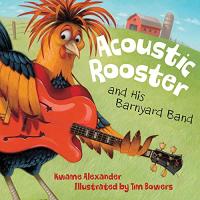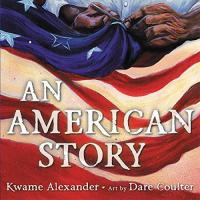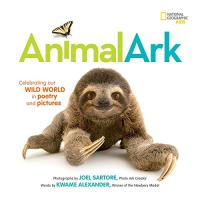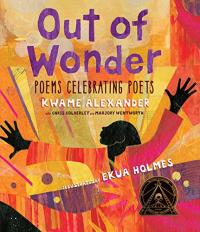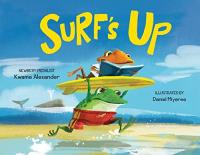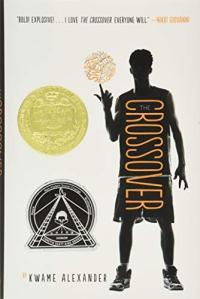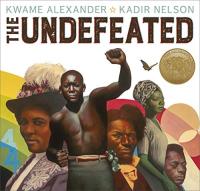
Biography
Kwame Alexander is a poet, educator, and New York Times bestselling author of 42 books (as of 2025), including The Crossover, which received the 2015 John Newbery Medal, the Coretta Scott King Author Award Honor, the NCTE Charlotte Huck Honor, and the Lee Bennett Hopkins Poetry Award. His other titles include the picture books Acoustic Rooster and His Barnyard Band (optioned as a children’s television show), Out of Wonder: Poems Celebrating Poets, The Undefeated (2020 Caldecott medal and Newbery Honor), An American Story (2023 New York Times Best Children’s Book and NPR Best Book of the Year), and the YA novel He Said, She Said.
Kwame is also the Executive Producer, Showrunner, and Writer of the Emmy-award winning series The Crossover , based on his Newbery-Medal winning novel of the same name, which premiered on Disney+ in April 2023.
Kwame believes that poetry can change the world, and he uses it to inspire and empower young people through his Book-in-a-Day literacy program which has created more than 3,000 student authors at 69 schools across the U.S., Canada, and the Caribbean. A regular speaker and workshop presenter at conferences in the U.S., he also travels the world planting seeds of literary love (Brazil, Italy, France, and Turkey).
Kwame has also led a delegation of 20 writers and activists to Ghana, where they delivered books, built a library, and provided literacy professional development to 300 teachers, as a part of LEAP for Ghana, an International literacy program he co-founded. In 2015, Kwame served as Bank Street College of Education’s first writer-in-residence.
Learn more at Kwame Alexander’s official website .
Find this author’s books on these booklists
Themed Booklist
Friendships and Family: Building Strong Relationships
Themed Booklist
Newbery Medal Winners
Themed Booklist
Selected Books for Black History Month
Themed Booklist
Summer Reading Guide 2017
Themed Booklist
